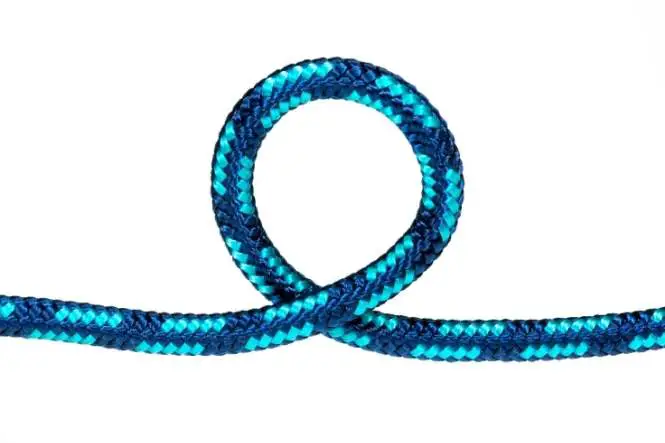Ligature marks are those marks made by an item of cord, rope, silk or some such material that has been used for the purposes of strangulation.
Ligature marks come in many different patterns and sizes and can be unique to certain fabrics and materials and this is why they are so important in criminal investigations that revolve around the strangling of a deceased individual.
Ligature Marks as Evidence
Normally strangulation is carried out by squeezing the area just about the Adam’s apple for a sustained period of time, thus crushing the windpipe and preventing the victim from being able to breathe.
Once the assailant has carried out this task it is normally only a matter of time before the victim dies if they haven’t already died during the strangulation.
Forensic scientists and Scene of Crime Officers (SOCO) will normally look for these ligature marks around the neck and will photograph them at the scene of the crime before the pathologist looks at them in more depth at the autopsy stage.
These ligature marks – as we have already mentioned – are made from the material used to strangle the victim and indeed are an imprint on the skin as a result of great force and pressure applied to them.
Ligature marks can also indicate if a victim has been hanged and then perhaps the body moved post mortem to another location. Marks that are the result of hanging have a raised imprint, which will normally point in an upward direction as gravity pulls the body downward during hanging.
Ligature marks are normally dark brown in colour and have a red band on either side of these horizontal marks signifying the width of the item used to carry out strangulation.
The pathologist will also check the tongue and larynx of the victim post mortem as well as this indicates strangulation if these organs of the body are enlarged.
He or she will also look for signs of the carotid arteries being obstructed as well as damage being caused to the thyroid arteries. All of these prove useful and can tell a lot about the pressure and force applied by the perpetrator whilst strangling their victim.
What Ligature Marks Could Indicate
Ligature marks also appear during what are called manual choke holds; this is when the assailant strangles the victim with nothing more than his or her bare hands. These ligature marks can sometimes be in the exact shape of the fingers that have applied the force to the neck area and it may be possible to extract skin samples for DNA analysis at this time.
In suicides where hanging has been used as a means of taking one’s own life there will be several ligature marks around the neck area as the process of hanging can be sometimes a tricky one and may need several attempts. In addition to these extra ligature marks there may also be imprints of knots tied in rope or cord to indicate that the individual was trying to make sure that they could not be cut down easily from their makeshift noose.
All of these scenarios are recorded pictorially by the forensics team as well as the Scene of Crime Officer (SOCO) and it will also be the case that the pathologist will have photographs taken of the deceased’s ligature marks at the autopsy stage to prove that no marks were made during the moving and transportation of the deceased.


